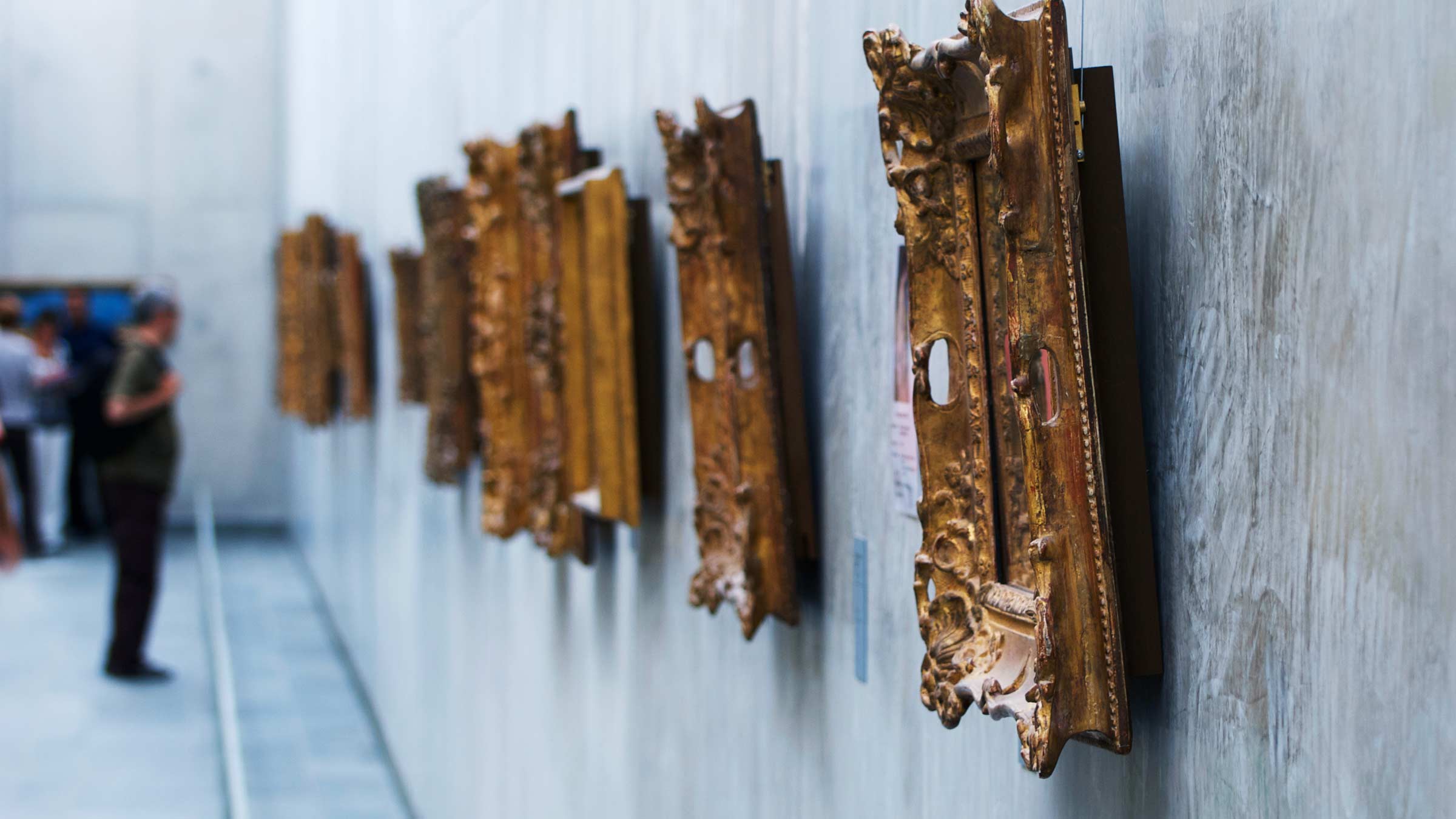Before Jeff Bezos set up Amazon, he identified five product categories that he thought would sell well online, a list that included videos, CDs and computer software and hardware, before he settled on books. Ever since, the digital age has consumed a wide range of products and service categories people thought would never sell online – from estate agents and GPs to mattresses and train tickets.
I still remember the chorus of pessimism Natalie Massenet faced when she launched Net-A-Porter in 2000. People said time and time again that customers wouldn’t buy expensive dresses online – and yet today, the whole industry is still playing catch up to pioneers like her.
The art world faced a similarly uncertain start online; in 1999 eBay bought traditional auction house Butterfield & Butterfield for US$260m to gain credibility in the high-end art and antiques business, but three years later it sold it on to Bonhams, finding buyers were reluctant to buy expensive art online.
Today, every major auction house opens up their lots to online bidders on their websites, but it is the rise of tech companies and startups looking to disrupt the art industry that have caught my eye recently. Borrowing functionality from other popular apps, such as Tinder and Shazam, they are revolutionising the way we buy art and tapping into the 78% of millennials who now discover new art on Instagram and Pinterest.

Recently gone global, Wydr is one such app. It first launched in Switzerland at the beginning of the year and has since gained more than 25,000 users, including 1,000 artists, and offers a total of 3,000 pieces. Built on the idea of swiping, like Tinder, the commission-based platform was conceived by founders Timo Hahn and Matthias Dörner.
While Wydr cuts out the role of galleries, another app, Magnus, relies on their knowledge to build its database. Described as the ‘Shazam of the art world’ by founder Magnus Resch, the app combines aggregated public information with digital recognition technology. The concept is impressive: take a photo of a piece of art you like and the app will tell you the title, dimension, price, and a history of past work and exhibitions by the artist. Despite coming across a few early stumbling blocks, it’s an interesting idea – one that is revolutionary and aims to tackle pricing transparency issues.
There’s a democratising theme that unites the emerging startups in the art world. They share a vision to create a “larger class of people who will appreciate art broadly, and a subset that wants to make it a part of their daily lives by acquiring art”, as Artsy COO Sebastian Cwilich puts it. Artsy is an online resource for collecting and education with a database of 350,000 images.
And it’s not just about knowledge. The democratisation of art is pushing the boundaries even further through businesses like Rise Art, which offers the option to rent art to those who can’t afford to buy it. Meanwhile Artvantage, based in Hong Kong, enables users to purchase artwork at participating galleries or online and to pay for it with convenient monthly instalments, as the Own Art scheme does – backed by the Arts Council – in the UK. Both are investing in a future generation of collectors and supporting living artists.
The idea of empowering people is also TondoArt’s mission. The algorithm-based and expertise led app, available in the app store since late April, offers an art advisory service at your fingertips, guiding you to the hottest artists to buy, many of which with very affordable prices. Speaking to Ayelet Elstein, Chief Revenue Officer of the business, last week, she explained:
” TondoArt’s core objective is transparency to art insider’s information and opening it up to the affluant mass and the art interested. Our app is user friendly, uses simple language and our service is very reasonably priced” – Ayelet Elstein, Chief Revenue Officer of TondoArt
These scenarios are convenient and desirable not only for buyers but also for artists, who don’t have to rely on a gallery or art dealer to reach the public, but can instantly create a virtual shop window for the world and create a direct line of communication with buyers. For example, the website created by Tracey Emin works only as a shopfront for her limited edition prints, homewares and posters.
The new wave of digital artists are also benefitting from the rise of online sales. Launched in May 2015, Daata Editions is an online gallery dedicated to the sale of artist-commissioned video, sound and web art editions. This new and innovative way to collect art is designed specifically to be a native platform to a new generation of artists who work with moving image and sound.

As stated by founder David Gryn, digital and downloadable art is the future, a belief confirmed by David Hockney, who in 2011 began creating works to be viewed exclusively on an iPad, thus allowing him broader perspective and freedom when working. Similarly, Sedition enables you to collect, enjoy and resell limited edition artworks created exclusively in digital media by the world’s greatest contemporary artists. It securely stores your collection so you can access it anytime, anywhere, on any screen, across all your devices.
The other reason online art sales are booming is due to the success of the ‘see now, buy now’ trend, which has seen traditional auctioneers Christie’s and Bukowski’s starting to sell a portion of their works online for a set price.
With the global online art market on track to hit US$9.58bn by 2020, I am not surprised that the established players in the business are trying to catch up on the digital revolution by developing their online presence, as sellers – as well as contributing to the wider narrative. Only a few weeks ago Sotheby’s launched a new online channel to broadcast a series about Chatsworth House.
Online auction house Auctionata, which offers a full online experience from valuation to purchase, has hosted sales curated by Vogue’s Grace Coddington and Ellen Degeneres, combining the worlds of fashion and entertainment with the expertise of its sale curators.
While it’s clear why the online art market will only continue to grow and undeniable that the art market has entered a new era, the million-dollar question is the extent to which art sales will migrate onto the web, particularly at the high end. Like high fashion, buying a very expensive work of art is not just about acquiring a product, it is also about the jet-setting lifestyle it brings with it: the pleasure of being courted by auction houses specialists, the adrenaline-fuelled atmosphere of the sale room and the glamorous partying of the art fairs. And that is a lot more fun than sitting at home in your pyjamas, clicking away on your computer.
Just as it is the case in the retail sector more broadly, consumers are increasingly looking for an experience and a context rather than a simple transaction, which means there will always be a place for bricks and mortar galleries.








